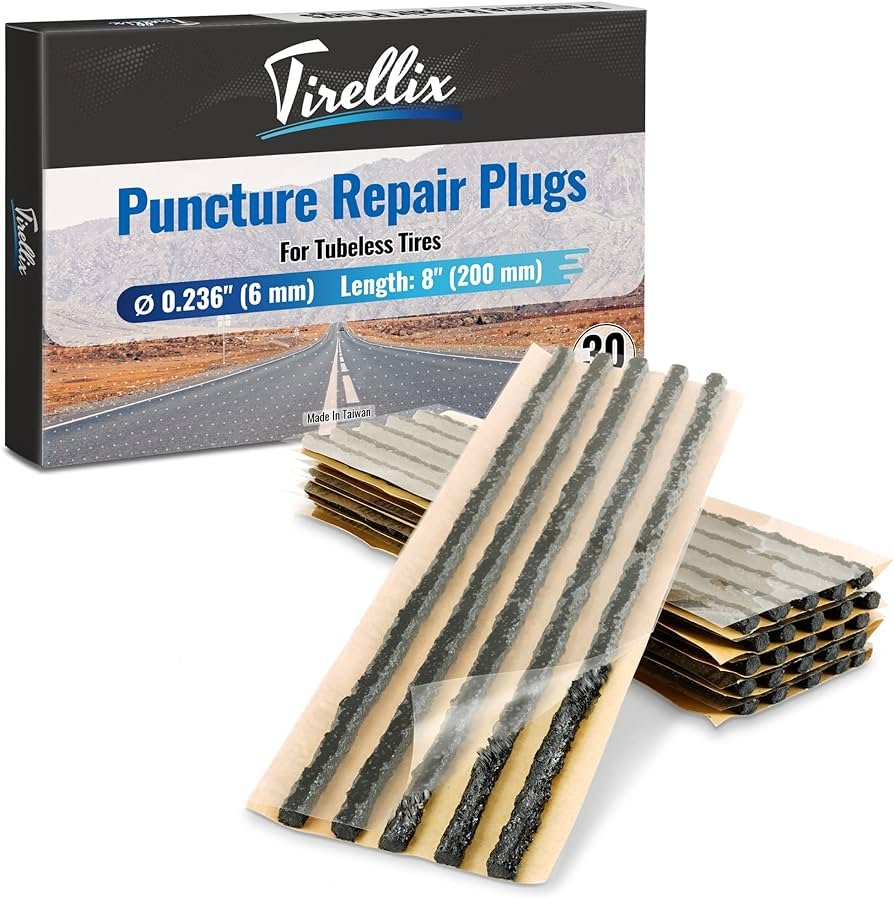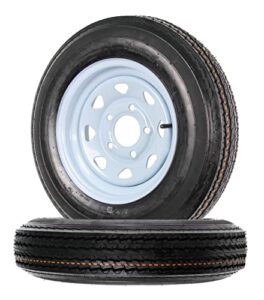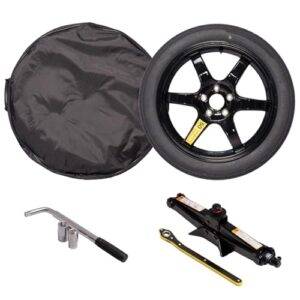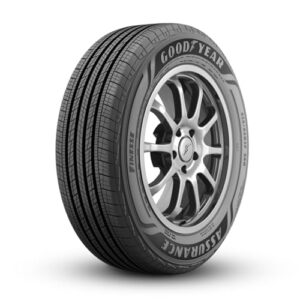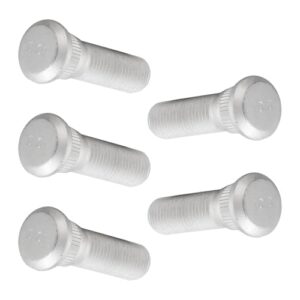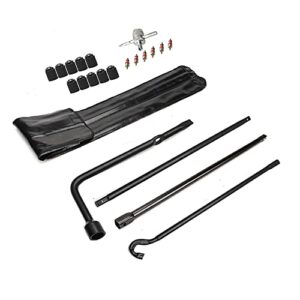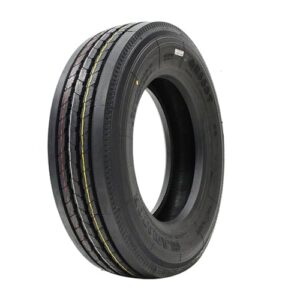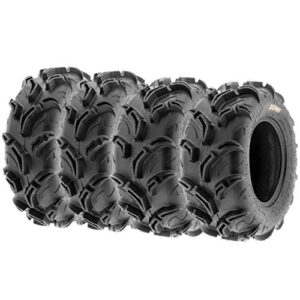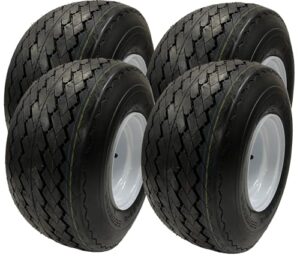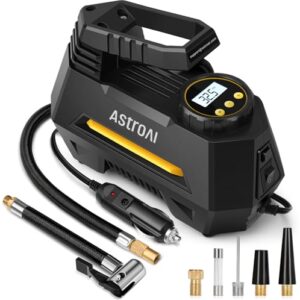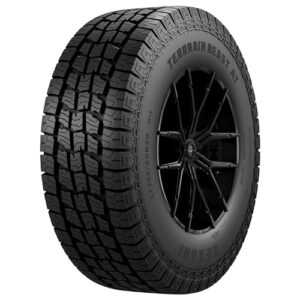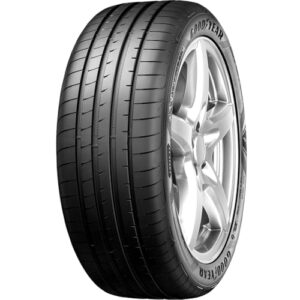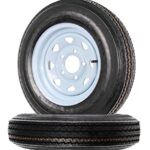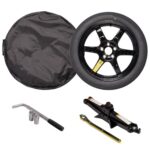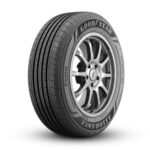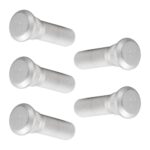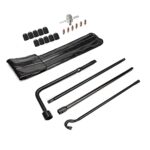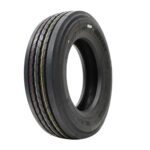To plug a tire, remove the object causing the leak and insert a repair plug with an insertion tool. Inflate the tire to its recommended pressure afterward.
Plugging a tire is a straightforward process that can temporarily fix a punctured tire. It’s essential for drivers to know how to perform this emergency repair to avoid being stranded because of a flat tire. Timely intervention can extend the tire’s life and provide a safe journey until a professional repair or replacement can be done.
The process involves a few tools and steps that anyone with basic mechanical skills can follow. Handling this quick fix not only saves time but also reduces the costs associated with tire repair. Remember, for safety and performance, always check the tire for additional damage and monitor its condition after any repair.

Introduction To Tire Plugging
Tire plugging is a quick fix. It’s a solution for punctures in the tire’s tread. You can do it yourself. It’s cheaper than a full tire replacement. But, it’s crucial to know when a plug is enough or when a new tire is needed.
Understanding Tire Damage: When To Plug Vs. Replace
Not all tire damage is the same. A simple puncture in the tread can often be plugged. You can do it if the hole is less than 1/4 inch in diameter. But, you can’t plug tire damage on the sidewall or shoulder. It’s not safe. Large punctures or a tire with worn-out treads require a full replacement.
- Plug if puncture is in tread area and smaller than 1/4 inch.
- Replace if puncture is on sidewall or larger than 1/4 inch.
Safety Considerations Before Attempting A Tire Plug
Before you start, check the tire carefully. Make sure it’s safe to plug. You will need a tire plug kit. Always work in a safe area, away from traffic. Use gloves and glasses for protection. Never attempt to plug a tire when you don’t feel confident. If in doubt, seek professional help.
| Checklist Before Plugging |
|---|
| Inspect the tire |
| Ensure puncture is repairable |
| Have a tire plug kit ready |
| Work in a safe environment |
| Wear safety gear |
| Consider professional assistance if unsure |
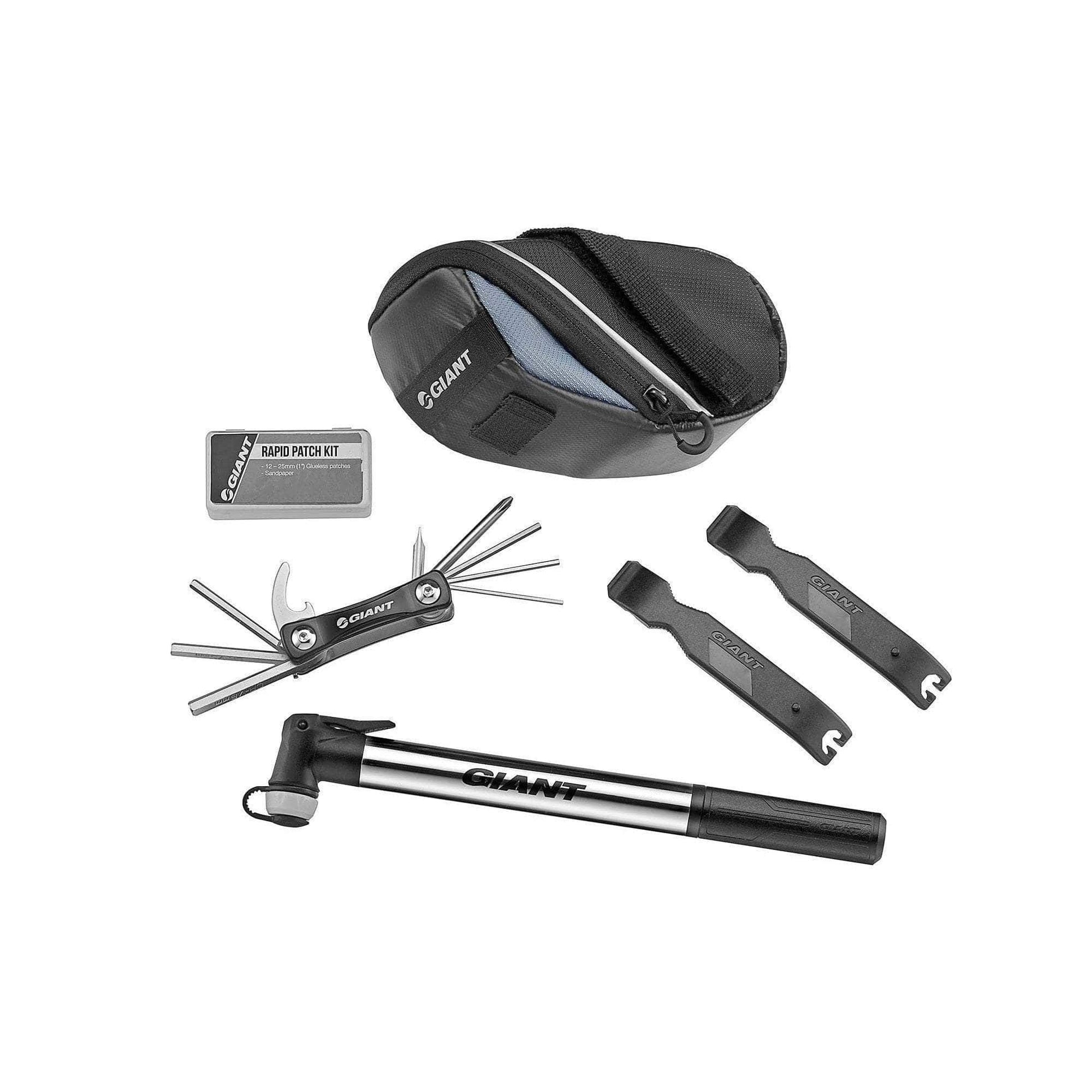
Materials And Tools Required For Plugging A Tire
Imagine you’re driving, and you hear that dreaded hiss. A flat tire! But don’t fret; plugging a tire can be simple with the right materials and tools. Let’s dive into what you’ll need to get back on the road quickly and safely.
Essential Tire Repair Kit Contents
A complete tire repair kit is crucial. It usually contains:
- Tire plugs: To seal the puncture.
- Insertion tool: To insert the plug into the puncture.
- Reaming tool: To clean and enlarge the hole.
- Rubber cement: To ensure a seal.
- Plugging tool: A handle to use with tire plugs.
Additional Tools To Make The Job Easier
Consider these extra tools for a smoother experience:
- Pliers: To remove the object that caused the puncture.
- Knife: To trim excess plug material.
- Wheel chocks: To stop your car from rolling.
- Gloves: To protect your hands.
With these essentials, tire plugging is a breeze. Good luck and drive safe!
Step-by-step Guide To Plugging A Tire
Flat tires happen unexpectedly and can bring your day to a halt.
Knowing how to plug a tire is a crucial skill that can save both time and money.
Follow this easy step-by-step guide and get back on the road in no time.
Locating The Puncture And Preparing The Tire
Finding the leak is the first step in tire repair.
Look for nails, screws, or debris that may have caused the puncture.
Clean the area around the puncture.
Remove any debris and use soapy water to help locate the hole.
Mark the spot with chalk for easy visibility.
Deflate the tire and remove the object causing the leak.
Inserting The Plug: Tips And Techniques
With the hole identified and the tire prepared, it’s time to plug the tire.
- Expand the hole slightly with a reaming tool.
- Thread the plug through the insertion tool.
- Apply rubber cement to the plug for a better seal.
- Insert the plug into the hole until only a half-inch is visible.
- Trim the plug close to the tire surface.
Inflating And Testing The Tire Post-repair
It’s time to check the repair by inflating the tire.
Use an air compressor or pump to refill the tire to the recommended PSI.
Listen for hissing sounds, or check with soapy water for air bubbles.
Drive slowly at first, then check the plug’s stability.
If the repair holds, you’re ready to get back on the road safely.
Aftercare And Maintenance
Proper aftercare is key to ensuring your tire’s longevity and safety after a plug repair.
Monitoring Tire Pressure After Plugging
Keeping an eye on your tire pressure is crucial after a repair.
- Check pressure regularly, ideally once a week.
- Use a reliable tire gauge for accurate readings.
- Compare pressure to manufacturer’s recommended level.
Tire pressure can affect your car’s handling and fuel efficiency.
Longevity Of Tire Plugs
Tire plugs are a temporary fix.
- Normally, plugs can last up to seven to ten years.
- Drive cautiously to avoid stressing the repair.
- Regularly inspect the plug for signs of wear or damage.
When To Seek Professional Help
Don’t ignore warning signs.
- Visible damage, like cracks or bulges, near the plug.
- Persistent air loss after the repair.
- Strange noises or vibrations while driving.
Visit a professional if you notice any issues. Safety comes first!
Common Mistakes And Troubleshooting
Plugging a tire yourself can save time and money. Yet, mistakes during this task are common. Troubleshooting is key to a long-lasting repair. Let’s explore how to dodge mishaps and spot a poorly done plug job.
Avoiding Common Pitfalls Of Diy Tire Repair
- Not cleaning the hole: Debris in the puncture can stop the plug from sealing.
- Using old or low-quality plug kits: Always choose a reliable repair kit.
- Ignoring instructions: Follow the kit guide closely.
- Overinflating the tire: Respect the recommended PSI to prevent blowouts.
- Plugging large or sidewall holes: These require professional attention.
To prevent issues, inspect the damage closely. Use fresh, tacky plugs, and inflate cautiously.
How To Recognize An Improperly Plugged Tire
| Sign | Meaning |
|---|---|
| Air hissing | The plug may be loose or the hole too wide. |
| Visible plug material | Too much plug sticking out can cause issues. |
| Bulging tire | This often means improper sealing or internal damage. |
| Poor handling | If the car pulls or vibrates, the repair may have failed. |
Check for these signs after repair. A well-done plug will be flush with the tread and secure. Feel unsure? Seek professional help to avoid tire failure.
Legal And Warranty Implications
Exploring the importance of understanding the legal and warranty implications of plugging a tire is crucial before you attempt a DIY fix. Whether you’re dealing with a small puncture or a slow leak, it’s essential to recognize how this repair can affect your warranty and abide by the state’s laws. Let’s dive into the specifics of what this entails.
Understanding The Impact On Tire And Vehicle Warranties
When it comes to tire warranty considerations, plugging a tire yourself could void it. Many manufacturers specify that improper repairs, such as plug-only fixes, are not covered under warranty. Always check the specifics of your warranty. It may require a full patch and plug combination to stay valid.
Vehicle warranties may also be at stake. Improper tire repairs can lead to further damage, potentially affecting other warranty-covered vehicle parts. Ensuring professional tire service is usually the safest route to maintain your warranties intact.
State Laws And Regulations On Tire Plugging
Different states have unique regulations concerning tire repairs. It’s important to stay informed about your local laws. Some states outright prohibit tire plugging due to safety concerns. In others, the law specifies how and when a tire can be plugged. Compliance with these laws ensures that your vehicle remains road-legal and safety-compliant.
- Check with your local Department of Motor Vehicles for current tire repair regulations.
- Ensure the tire plug method used adheres to your state’s safety standards.
- Seek professional services if unsure about the legal requirements for tire plugging.
| State | Tire Plugging Allowed? | Conditions (If Any) |
|---|---|---|
| California | Yes | Must be combined with a patch |
| Texas | Limited | Only for tires with minor damage |
| New York | No | N/A – Prohibited |
Stay vigilant, stay informed, and keep your vehicle operating safely and legally. Understanding these implications ensures you take the right approach to tire repairs.

Frequently Asked Questions
How Long Can You Drive On A Tire With A Plug In It?
A tire with a plug can typically be driven on for about 7-10 years if the plug was installed properly and the tire’s condition remains otherwise good. Regularly check the tire’s pressure and tread wear to ensure continued safe use.
Is It Ok To Plug Your Own Tire?
Plugging your own tire is acceptable for small, puncture-type damage located in the tread. Ensure you use the right tools and follow the manufacturer’s instructions. Always inspect the tire internally for hidden damage and consider professional repairs for long-term safety.
What Is The Proper Way To Plug A Tire?
Locate the puncture and remove any debris. Clean the hole with a reamer tool. Insert a sticky tire plug with an insertion tool. Cut off any excess plug material. Inflate the tire to the recommended pressure.
How Long Does A Plugged Tire Last?
A properly plugged tire can last up to 7-10 years, but it’s best to replace it with a new tire as soon as possible for safety.
Conclusion
Sealing a tire puncture can save you time and money. It’s a simple procedure with the right tools and steps. Remember to always prioritize safety and seek a professional if in doubt. Your journey to mastering tire repair begins with the first plug.
Drive on with confidence, knowing you’re prepared for those unexpected flats.


